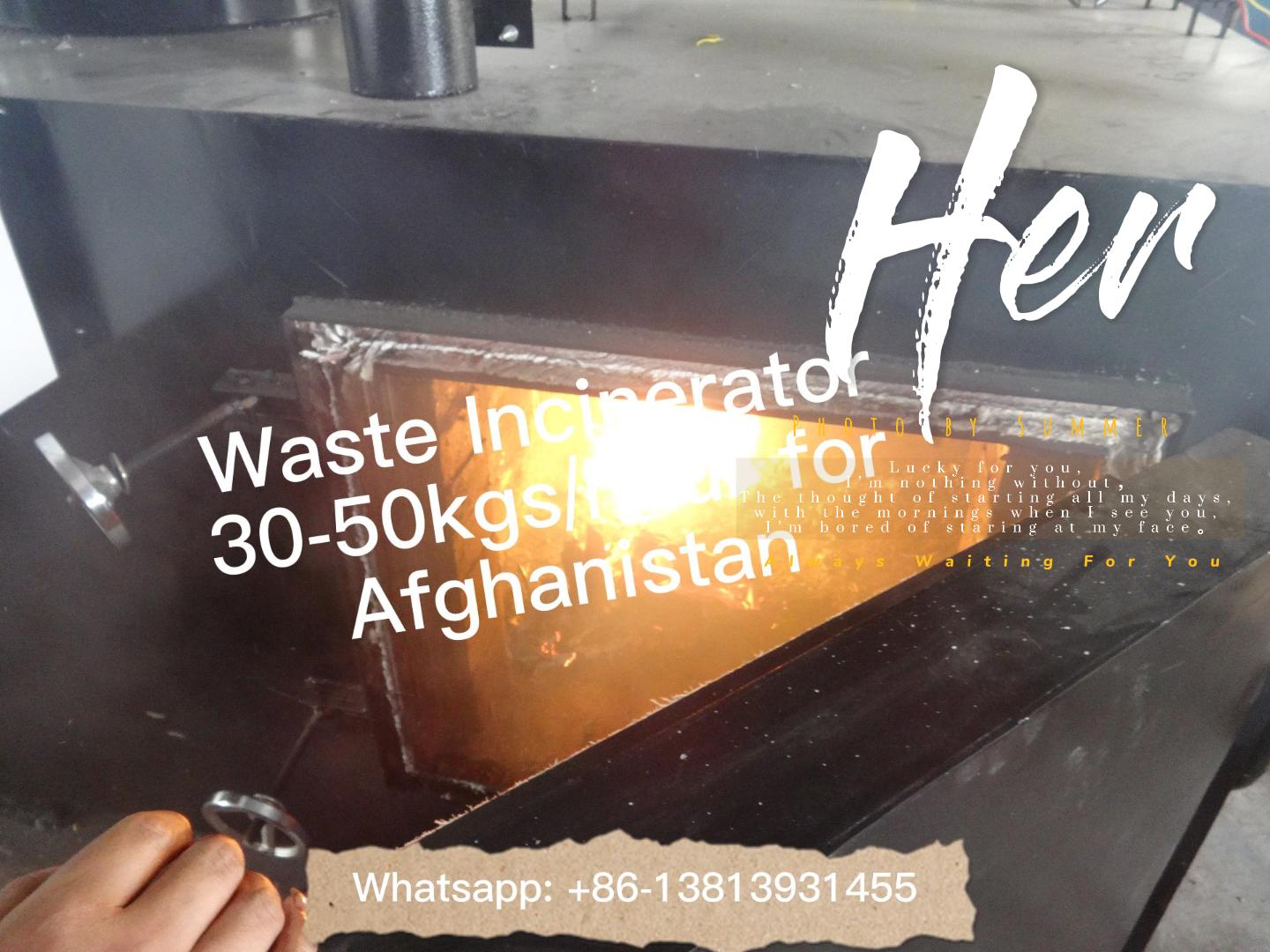The management of medical waste is a critical aspect of healthcare facilities and laboratories. From the collection of waste to its proper disposal, every step in the process must be meticulously managed to ensure the safety of healthcare workers, patients, and the environment. In recent years, there has been a growing focus on streamlining the medical waste management process to make it more efficient and environmentally friendly.
The first step in the medical waste management process is the collection of waste from healthcare facilities, including hospitals, clinics, and laboratories. This waste can include a wide range of materials, such as used syringes, bandages, and discarded medical equipment. It is essential that this waste is collected and stored in a way that prevents contamination and minimizes the risk of exposure to potentially harmful pathogens.
Once the waste is collected, it must be properly segregated and stored according to regulations and guidelines set forth by local and federal authorities. This ensures that different types of waste, such as infectious waste, hazardous waste, and pharmaceutical waste, are handled and disposed of in the appropriate manner.
In order to streamline this process, many healthcare facilities have turned to advanced waste management systems, such as automated waste collection systems and RFID technology, to improve the tracking and handling of medical waste. These systems can help healthcare facilities to more efficiently sort and manage their waste, while also providing a digital record of the waste’s journey from collection to disposal.
Once the waste is properly segregated and stored, it must be transported to a designated disposal facility. This process must also be carefully managed to ensure that the waste is handled and transported in a safe and environmentally responsible manner. In recent years, there has been a growing emphasis on reducing the carbon footprint of medical waste disposal through the use of more sustainable transportation methods and the implementation of green technologies.
Finally, the waste is disposed of at a designated facility, such as an incineration plant or a medical waste treatment facility. Proper disposal is essential to ensure that the waste does not pose a risk to public health or the environment. This may involve the use of advanced treatment technologies, such as autoclaving or chemical disinfection, to render the waste safe for final disposal.
Overall, streamlining the medical waste management process is essential to ensure the safety and sustainability of healthcare facilities. By implementing advanced waste management systems and technologies, healthcare facilities can more efficiently handle, track, and dispose of their medical waste, while also reducing their environmental impact. Ultimately, a streamlined medical waste management process can help to protect the health and well-being of patients, healthcare workers, and the broader community.



